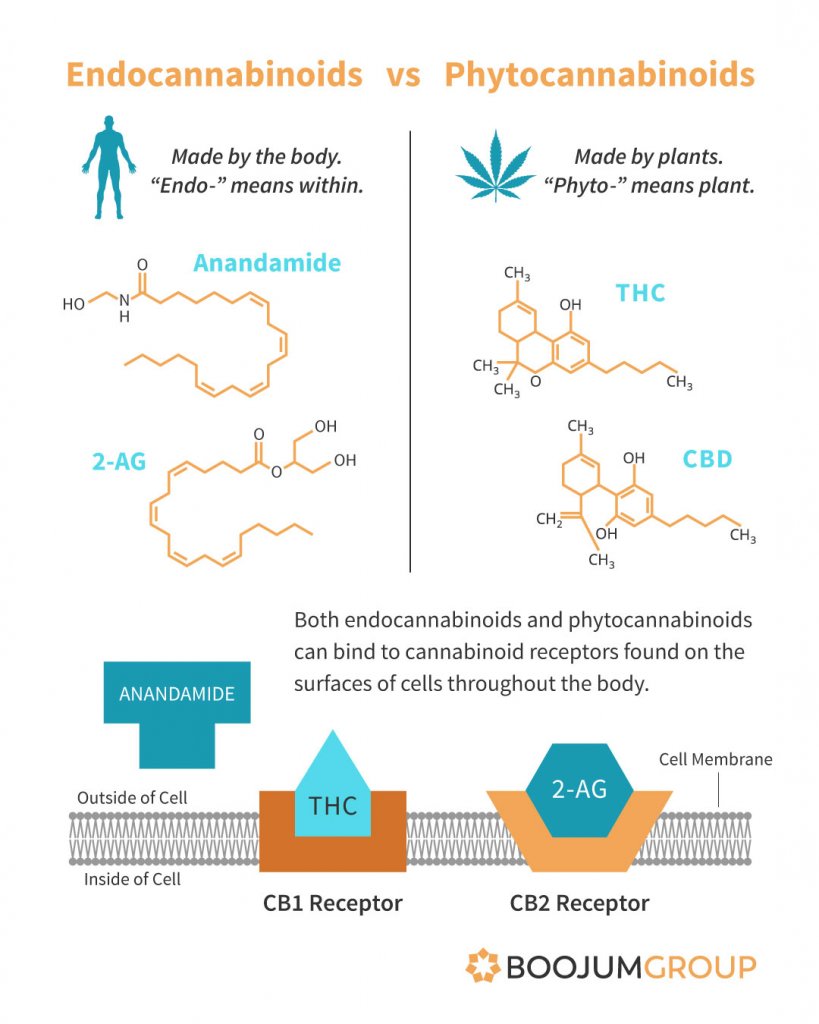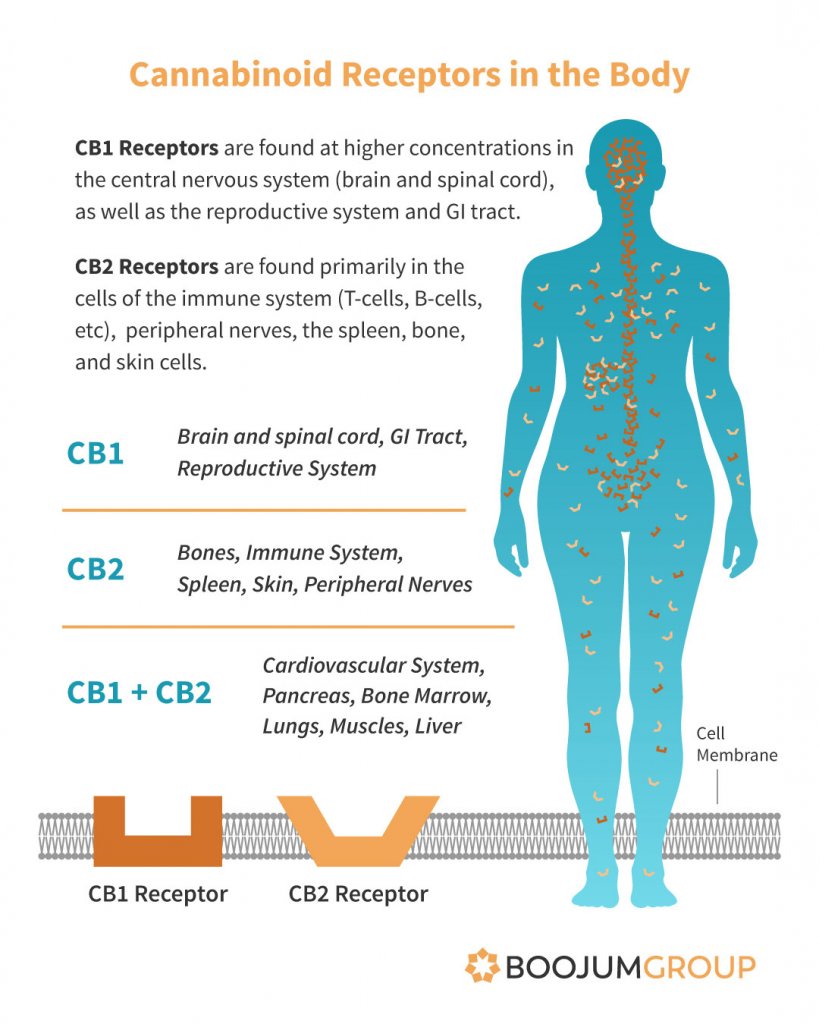A Moment in Time
Cannabis in today’s world occupies a wholly unique position juxtaposed between millennia of human consumption, almost a century of contraband status, and a rising wave of scientific studies and popular awareness that have propelled it into the current spotlight.
Humans have been using cannabis medicinally and ritually since before recorded history, and some even argue it may have been the very first agricultural crop our species learned to cultivate. However, the last time that hemp could be legally researched in America, the term molecular biology had yet to be coined, and nobody knew what DNA looked like.
New Paradigms
As humanity’s advancements in science and medicine have progressed, our understanding of the physiological processes behind health and wellness have necessarily evolved and deepened alongside them. Some of our systems, like the circulatory or digestive, have clearly mechanical and physiological parts to play in keeping us alive, and have been understood for centuries; meanwhile other, newly-described organs (like the interstitium) and systems (like the endocannabinoid system) are still being discovered, and yet others (like the appendix) have undergone profound shifts in our understanding of their function as our understanding of their complex molecular physiology improves.
Cannabis research has arguably led to one of the most important discoveries about the human body this century. Research by Israeli scientist Raphael Mechoulam into how the psychoactive phytocannabinoid THC worked on rat brains led to the discovery of the neuro-receptor, CB1, which was soon found to be ubiquitous in the vertebrate neural system. A second type of receptor followed, and endogenous cannabinoids were soon identified. This hitherto unknown biochemical communication system is now believed to be the largest network of receptors in the human body, and emerging research suggests it may be the most important physiologic system involved in maintaining health and homeostasis.
Endocannabinoids vs. Phytocannabinoids
Chances are, if you keep your finger on the pulse of either the cannabis or medical worlds, you’ve heard of the endocannabinoid system (ECS) and the seemingly limitless possibilities it presents.
First off, the term endocannabinoid is a combination of the words endogenous (meaning growing or originating within an organism) and cannabinoid (any of the class of chemical compounds that act on specific cannabinoid receptors.) When cannabinoids are produced endogenously in animals, they are endocannabinoids. All mammals, birds, amphibians, reptiles, and fish, along with sea squirts, nematodes, and some other insect species, share the endocannabinoid system. Comparisons of the genetics of cannabinoid receptors across these varied species suggests that the ECS evolved in our family tree over 600 million years ago, making it one of the most seminal biological systems of our evolution.
When these same cannabinoid structures are found in plants, most famously cannabis species, they are knowns as phytocannabinoids (the root phyto- meaning plant). Cannabis synthesizes cannabinoid acid (CBDA, THCA, etc – notice the “A” at the end), that must be “activated” by decarboxylation to yield neutral plant cannabinoids (CBD, THC) that our bodies can utilize.

The Players: Molecules, Receptors, and Enzymes
The endocannabinoid system is composed of three distinct parts, the endocannabinoid molecules themselves, the receptors, and the metabolic enzymes responsible for the synthesis and degradation of the cannabinoids. Two primary endocannabinoid molecules have been described, anandamide (the “bliss molecule”), and 2-arachidonylglycerol (2-AG). These fit into the receptors like keys into locks, activating them to release neurotransmitters and triggering a variety of effects, either exciting or inhibiting individual cells towards a final goal of homeostasis. Anandamide and 2-AG are made on-demand from fat-like molecules in cell membranes, and have similar chemical structures (though they are synthesized and degraded differently, giving them very different physiological roles).
The endocannabinoids are unique in that they travel backwards across the synaptic cleft, modulating the flow of other neurotransmitters and impacting other systems. By working to balance and regulate a wide scope of physiological processes, the ECS works to ensure a stable internal environment and keep a vast and complex range of functions in equilibrium.
The endocannabinoid anandamide and the phytocannabinoid THC are mimetic molecules (as are 2-AG and CBD), meaning they have similar enough structures to allow them to activate the same receptors, essentially functioning as keys to the same lock. Cannabis research has illuminated the system, but can’t yet explain why this specific plant holds the same pair of keys our bodies make.
Cannabinoid receptor CB1 was first identified in a rat brain, and it didn’t take long for researchers to realize that CB1 receptors are abundant in the central nervous system (CNS), especially the cortex, basal ganglia, hippocampus, and cerebellum of the animal brain. CB1 receptors were soon found in connective tissue, gonads, glands, organs, and essentially everywhere else in the body researchers looked for them as well. Discovery of the CB2 receptor followed, with the highest concentrations of receptors devoted to the immune system and its associated structures. CB2 receptors appear in the CNS as well, though at lower levels than CB1 receptors.
It is now believed that endocannabinoid receptors comprise the most numerous receptor system in vertebrates, with both CB1 and CB2 receptors found at varying concentrations in every type of tissue. Activation of either receptor exerts varied effects on cellular physiology, with broad reaching consequences that appear to regulate every physiological system in the body.

Health and Homeostasis
In order to execute its responsibility for the general health and homeostasis of the organism, the endocannabinoid system tightly regulates functions like appetite, immune function, inflammation, mood, digestion, sleep, reproduction and fertility, motor control, thermoregulation, memory, pleasure, and pain. Disrupted regulation has been associated with diabetes, hypertension, infertility, liver disease, schizophrenia, and the list continues to grow. No other system in the body regulates our physiology, mood, and everyday experience like the ECS.
There is still a lot to be understood about how phytocannabinoids interact with our endocannabinoid system. THC, like anandamide, activates CB1; however, it also activates other receptor types, and is not broken down enzymatically as quickly as anandamide – resulting in the psychoactive high of THC. CBD also activates receptors beyond CB2 (endogenously activated by 2-AG), and also inhibits the enzyme that breaks down anandamide – effectively increasing anandamide levels, which has shown promising results in anti-anxiety research.
The Future
While much more research is needed across the board on cannabinoids, ongoing studies are consistently expanding the scope of functions affected by the endocannabinoid system and making it clear that a homeostatic system is key to health and well-being. If you are interested in learning more about these topics, our processing techniques at Boojum Group, or for more information on our company, please reach out to me, Olivia Kulander, at ok@boojumgroup.com
References
Alger, B. E. (2013, November). Getting high on the endocannabinoid system. In Cerebrum: the Dana forum on brain science (Vol. 2013). Dana Foundation.
Di Marzo, V., & Piscitelli, F. (2015). The endocannabinoid system and its modulation by phytocannabinoids. Neurotherapeutics, 12(4), 692-698.
Katona, I., & Freund, T. F. (2012). Multiple functions of endocannabinoid signaling in the brain. Annual review of neuroscience, 35, 529-558.
Lu, H. C., & Mackie, K. (2016). An introduction to the endogenous cannabinoid system. Biological psychiatry, 79(7), 516-525.
Mechoulam, R., & Parker, L. A. (2013). The endocannabinoid system and the brain. Annual review of psychology, 64, 21-47.
Pagotto, U., Marsicano, G., Cota, D., Lutz, B., & Pasquali, R. (2005). The emerging role of the endocannabinoid system in endocrine regulation and energy balance. Endocrine reviews, 27(1), 73-100.
